|
Earlier this month CIPR North East held an event for PR practitioners focusing on the discipline of media relations, and pitching to broadcast media in particular. Media relations is what many people, who don’t have a full understanding of the profession and industry, associate with public relations. Public relations can be done very successfully without using media relations, yet media relations does not exist without PR. However as a discipline media relations remains, for many practitioners at all levels, an integral part of their PR activity, both pro-actively and re-actively. Public relations is not just media relationsI do though want to stress that public relations is not just media relations. And it doesn’t and shouldn’t define us as a profession. As current CIPR President Emma Leech said in response to a BBC Radio 4’s episode of The Media Show on public relations that focused solely on publicity through the media. “What we deliver goes far beyond media relations. The truth is tens of thousands of public relations professionals provide ethical and strategic support to businesses of all sectors. We help build trust in organisations by establishing and improving relationships with key stakeholders - not just journalists. Many aspects of PR such as community engagement, digital communication and internal communication involve no media relations.”
|
MEIndie kid & mum to 2 boys. PR, Uni lecturer & blogger at My Boys Club. Love music, sport, media, travel & politics. Archives
December 2020
Categories |
© DebSharratt Communications 2019. Unauthorized use and/or duplication of this material without express and written permission from this website's owner is strictly prohibited. Excerpts and links may be used, provided that full and clear credit is given to DebSharratt Communications with appropriate and specific direction to the original content.
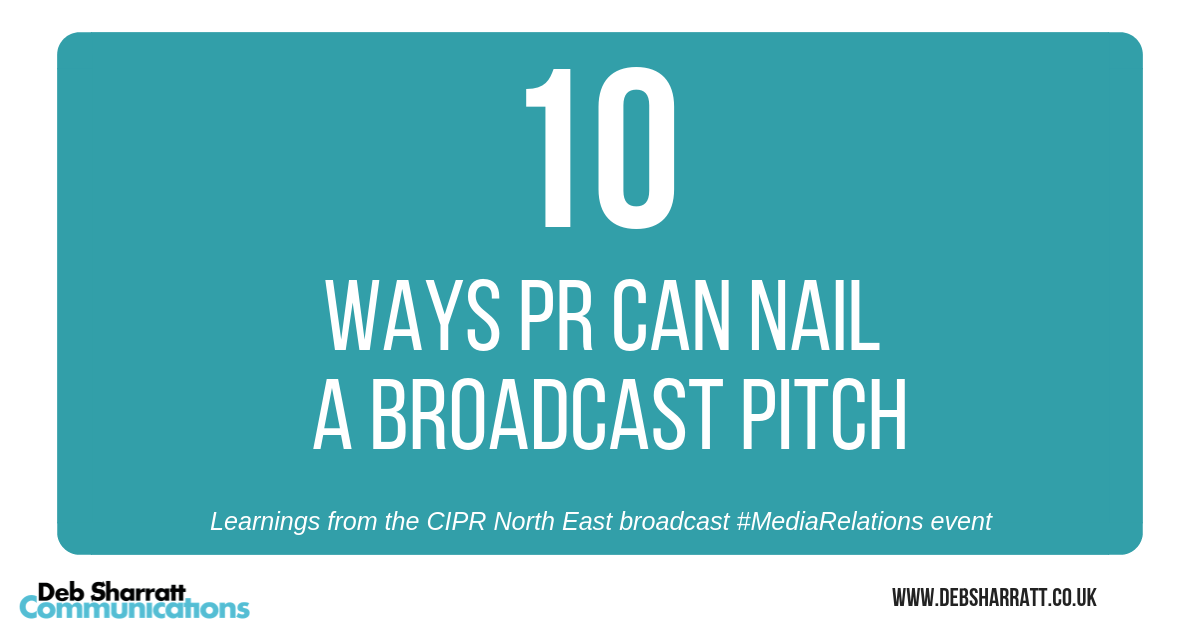
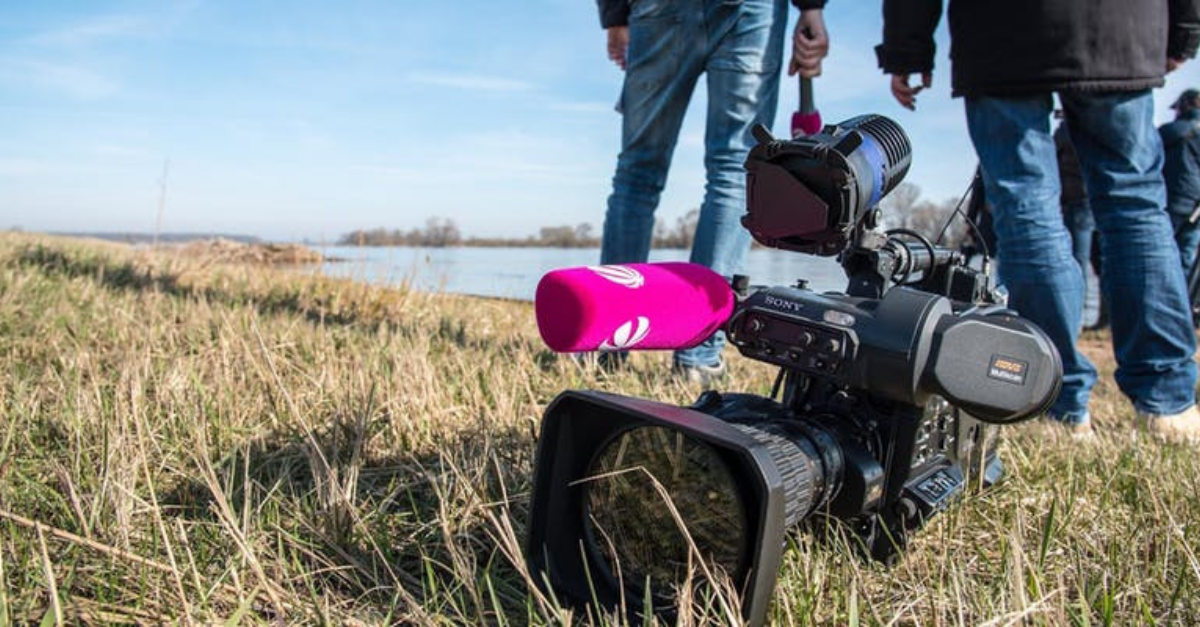

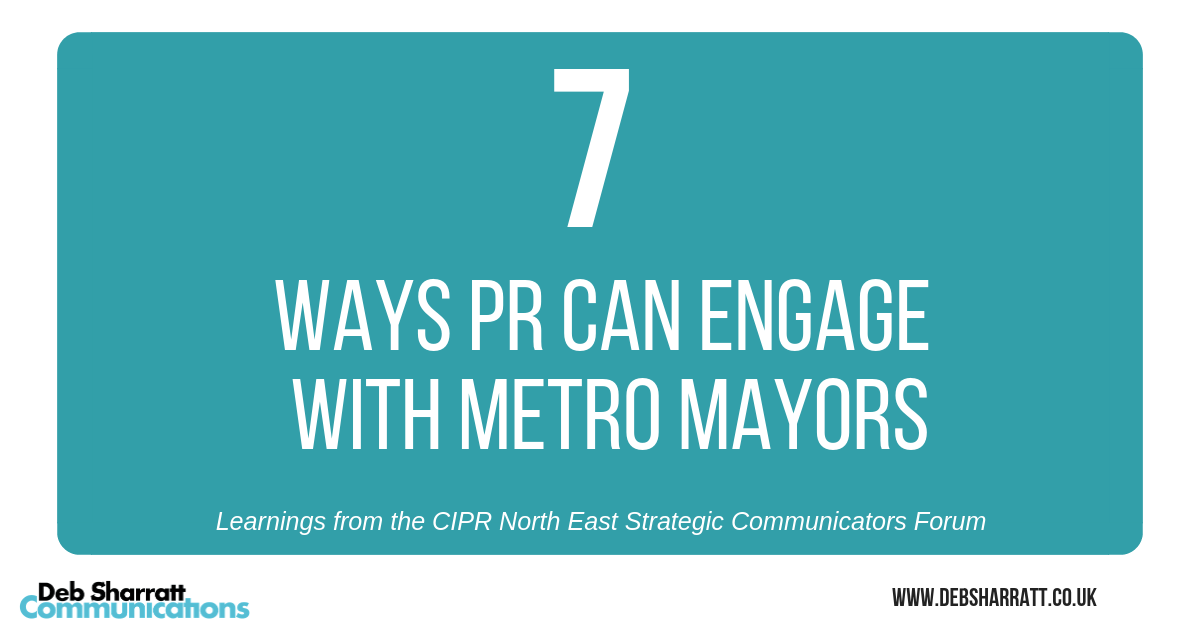
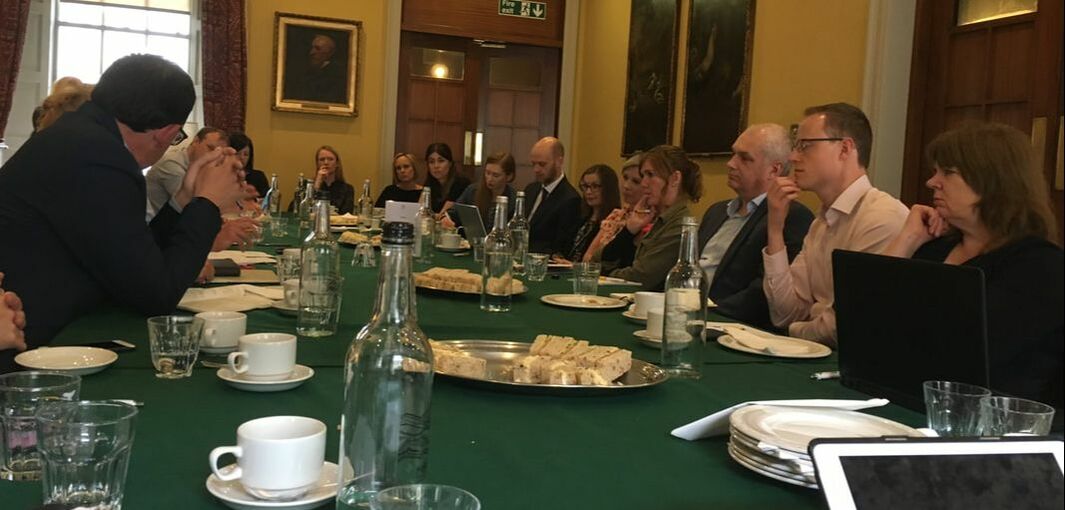
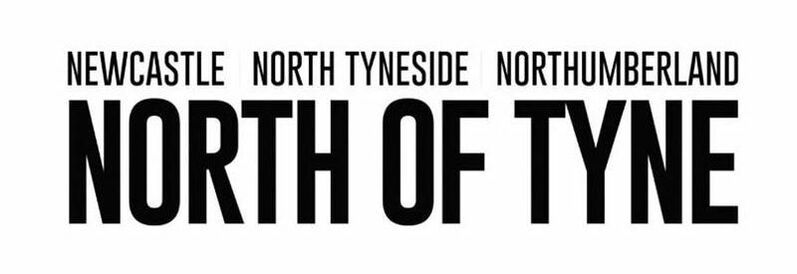

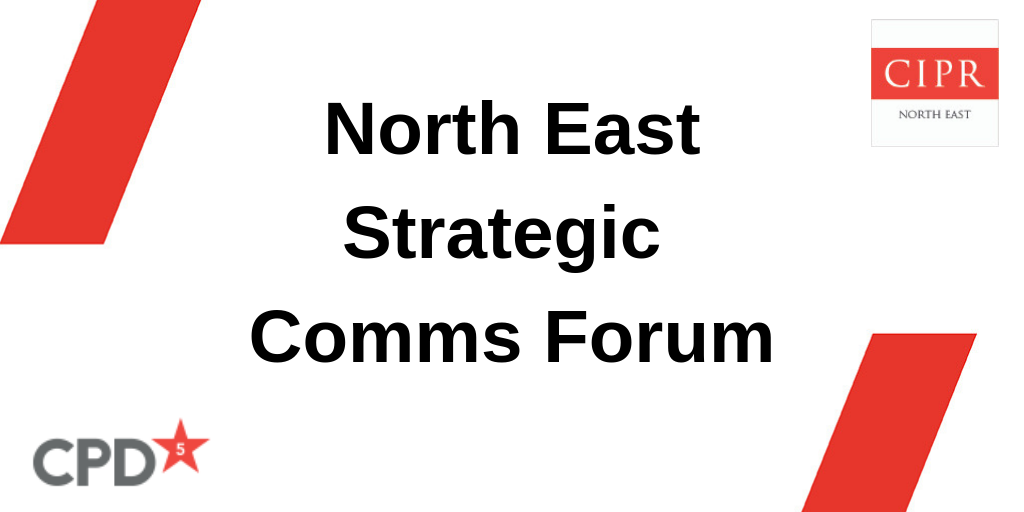


 RSS Feed
RSS Feed
